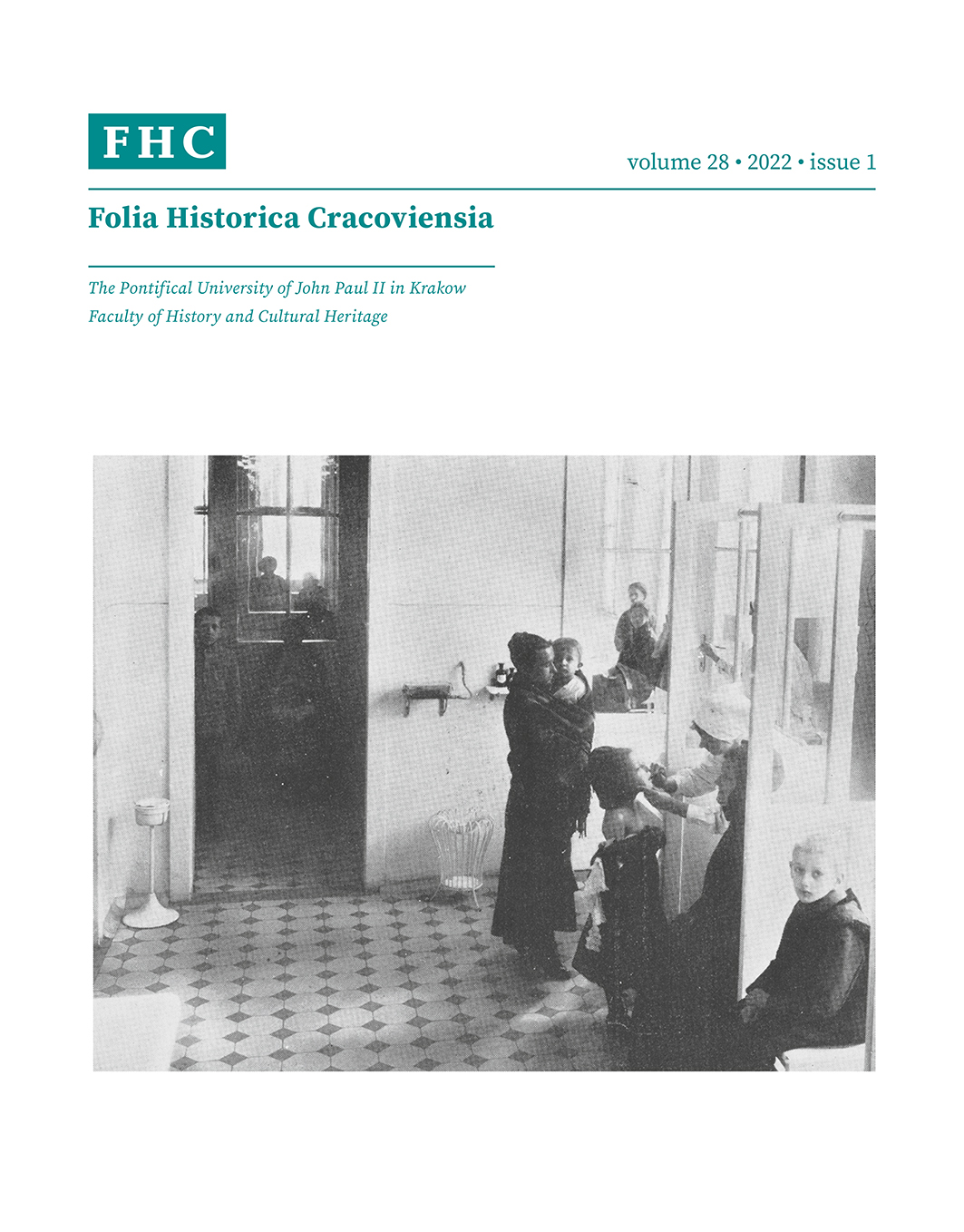The influence of Ludwik Krasiński and Maria Ludwika Czartoryska on Ojców architecture at the turn of the 20th century and between the two world wars
The influence of Ludwik Krasiński and Maria Ludwika Czartoryska on Ojców architecture at the turn of the 20th century and between the two world wars
Author(s): Joanna Ziarkowska, Dominik ZiarkowskiSubject(s): Interwar Period (1920 - 1939)
Published by: Wydawnictwo Naukowe Uniwersytetu Papieskiego Jana Pawła II w Krakowie
Keywords: Ludwik Krasiński; Maria Ludwika Czartoryska; Ojców; spa architecture; cultural heritage;
Summary/Abstract: In the second half of the 19th century, a spa was set up in Ojców, a village at the time situated by the southern border of the Kingdom of Poland. With time, it became a fashionable destination for visitors from Warsaw, and from other towns and cities located in the territory of the Russian sector of partitioned Poland. Ojców experienced its heyday early in the 19th and 20th centuries and its spa activities continued also between the two world wars. The Ojców demesne was then owned by Count Ludwik Krasiński and his daughter Maria Ludwika, from 1901 Princess Czartoryska. The latter remained the owner of Ojców until the nationalisation of the estate in the wake of the agrarian reform of 1944. The article attempts to discuss the contribution of Ludwik Krasiński and his daughter Maria Ludwika to the architectural heritage of Ojców. It was their idea to have many buildings, particularly those that catered to the the needs of the local spa, built. Their number includes the Jadwiga and Urocza villas, and the non-extant Goplana hydrotherapy establishment. Moreover, Ludwik Krasiński and later Maria Ludwika Czartoryska ordered works on the ruins of Ojców Castle and development of the Ojców spa park. It was chiefly thanks to their efforts that certain elements of the Swiss spa architecture and subsequently also the Zakopane (Polish highland) style were introduced in Ojców. There are also certain unrealised and partially realised goals worth mentioning, for instance an attempt to restore the castle tower, the initiative to move the historical wooden church from Smardzowice to Ojców (ultimately, it was transferred to Mostek, a village in Miechowski County), and the concept of building an immense spa estate reminiscent of a garden city in Złota Góra initiated between the two world wars.
Journal: Folia Historica Cracoviensia
- Issue Year: 28/2022
- Issue No: 1
- Page Range: 69-103
- Page Count: 35
- Language: English

